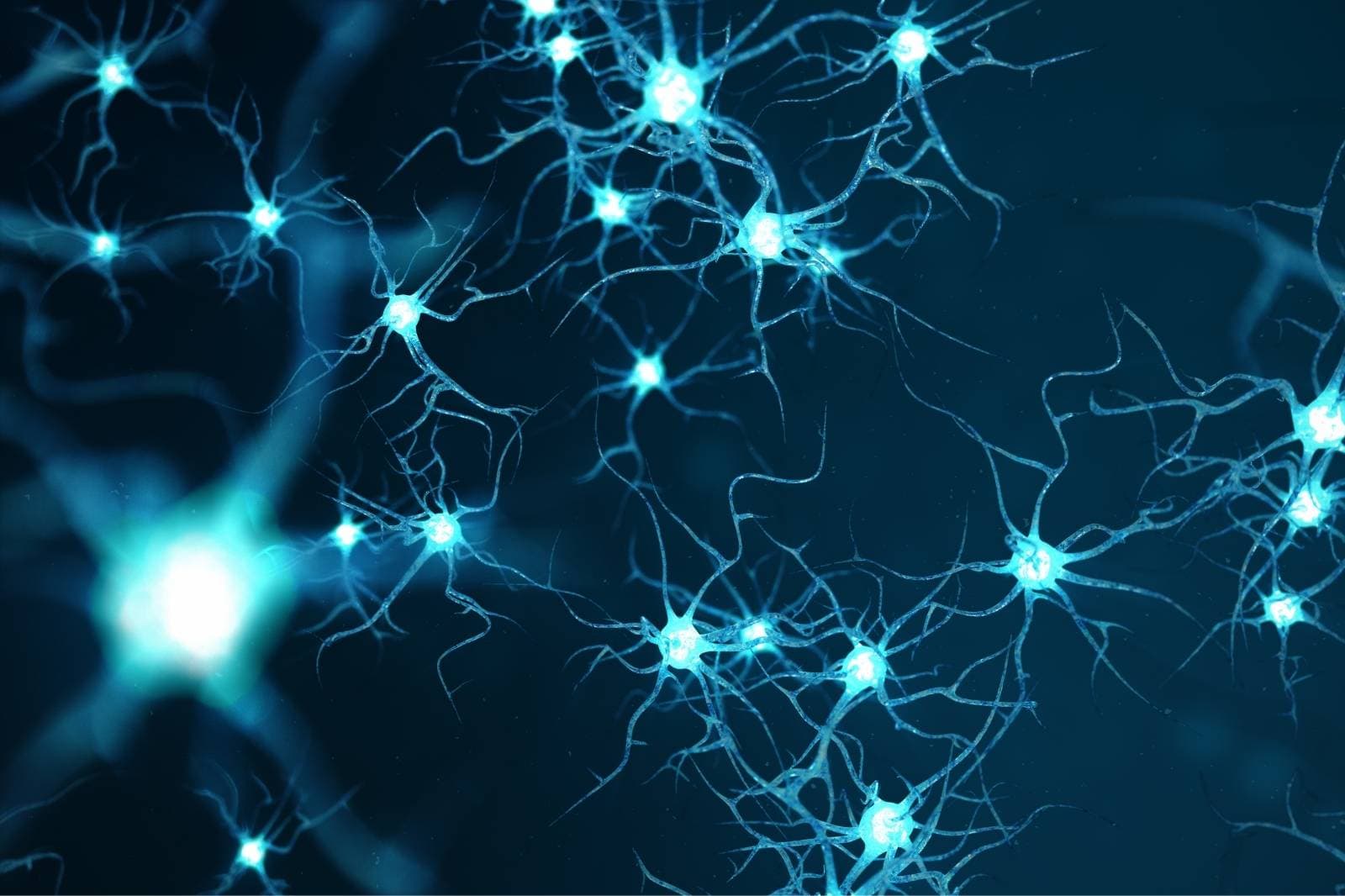Light and Sound to control neurons!
Science behind Optogenetics
Optogenetics is a modern tool where light is used to turn neuron activity on/off very precisely. Neuroscientists study the neural circuits and the path of information flow. Initially, blue light was used to control the activity of neurons in laboratory experiments. For more advanced experiments to understand the effects in animals, genetic engineering was used to insert a specific protein that activates in the presence of blue light. One of the shortcomings of optogenetics is that light does not penetrate deep enough, and therefore, deeper parts of brain cannot be accessed by this technique
Safety Concerns
Sound can penetrate through the tissues, and is safe for human use. It is thus used in clinics for imaging. In a new study, scientists have shown that ultrasound can activate mouse neurons both in laboratory neuron experiments as well as brains of living animals. This new technique is called Sonogenetics.
Like optogenetics, scientists use genetic engineering to introduce a protein (TRPA1 receptor also called wasabi receptor) that is responsive to ultrasound into neurons. Cells and brain expressing this protein respond to ultrasonic stimulation.
Artificial intelligence and machine learning show promise in Medical research
Artificial intelligence (AI) is the ability of computers/algorithms to solve a problem that needs thinking of intelligence. Medical treatment and research generate a huge amount of data that is difficult to parse through and generate collective knowledge.
Data Asset
The shear magnitude of the data is such that no one individual can comprehend it all. AI offers a solution in terms of speed, accuracy, and iteration. It further has the potential to uncover signals/molecules or interactions that are missed by human eyes, which can reflect the accurate biology of the disease.
Predictive Modeling
One of the prominent use case scenarios for AI and machine learning is in the identification/diagnosis of early-stage disease. It is a wide known fact that disease management is much better, and perhaps cure is also a possibility if a disease is identified in early stage. However, the body does not show symptoms in early stage of disease (eg cancer). AI and machine learning(ML) can be used to understand the molecular differences between the early stage disease and healthy people. As AI can handle millions of data points and interactions, sophisticated models are more likely to catch concurrent changes in several of these molecules. Thereby predictive models can be used to detect early disease. AI and ML can be used to study and interpret images (x-ray, scans etc) for early detection of disease. Sophisticated models can also predict likely outcomes of certain treatments for certain patient population.
